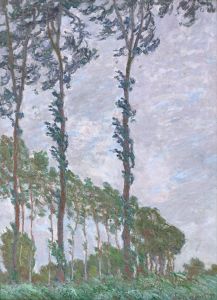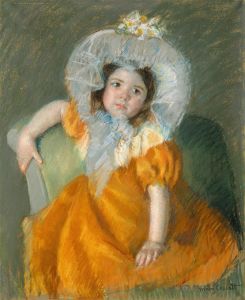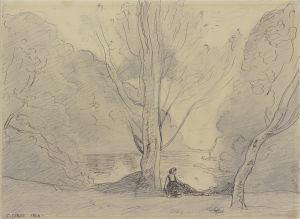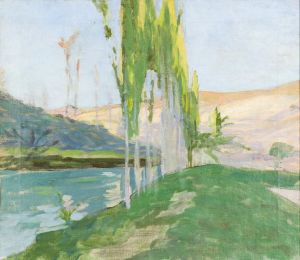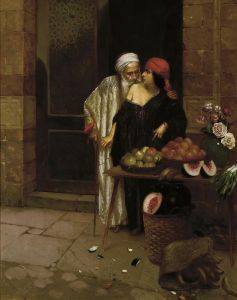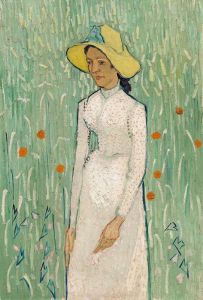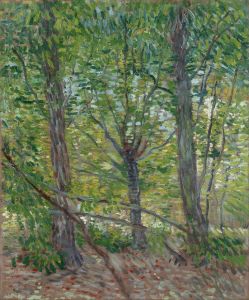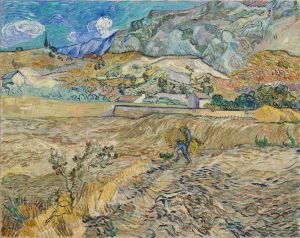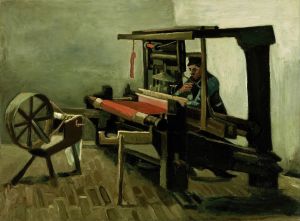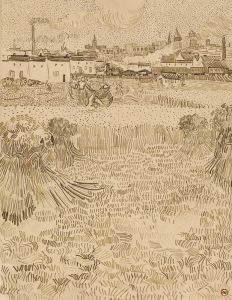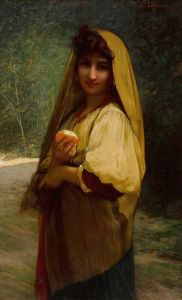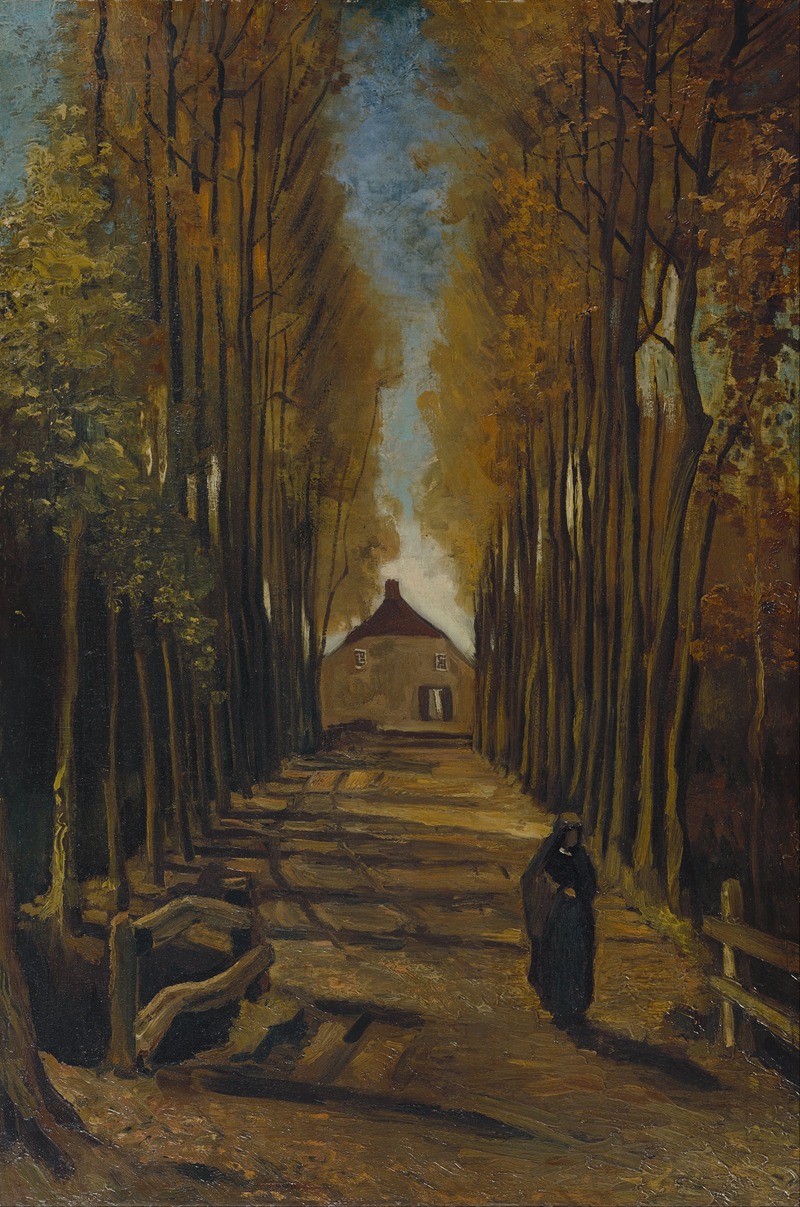
Avenue of Poplars in Autumn
A hand-painted replica of Vincent van Gogh’s masterpiece Avenue of Poplars in Autumn, meticulously crafted by professional artists to capture the true essence of the original. Each piece is created with museum-quality canvas and rare mineral pigments, carefully painted by experienced artists with delicate brushstrokes and rich, layered colors to perfectly recreate the texture of the original artwork. Unlike machine-printed reproductions, this hand-painted version brings the painting to life, infused with the artist’s emotions and skill in every stroke. Whether for personal collection or home decoration, it instantly elevates the artistic atmosphere of any space.
Avenue of Poplars in Autumn is an oil painting created by the Dutch Post-Impressionist artist Vincent van Gogh in October 1884. The artwork was painted during van Gogh's time in Nuenen, a small village in the Netherlands where he lived from December 1883 to November 1885. This period in van Gogh's career is often referred to as his "Nuenen period," during which he focused on rural themes and the lives of peasants, reflecting his interest in the natural world and the hardships of working-class life.
The painting depicts a tree-lined avenue in autumn, with tall poplars shedding their leaves. The composition is characterized by its earthy tones, including browns, yellows, and greens, which evoke the atmosphere of the season. The perspective of the avenue draws the viewer's eye into the depth of the scene, creating a sense of movement and space. The figures of two people walking along the path can be seen in the distance, adding a human element to the otherwise tranquil landscape.
This work is notable for its subdued color palette and careful attention to detail, which are hallmarks of van Gogh's early style. During this time, van Gogh was heavily influenced by the Dutch landscape tradition and the works of artists such as Jean-François Millet, whose depictions of rural life resonated with van Gogh's own artistic vision. Unlike his later works, which are known for their vibrant colors and expressive brushwork, "Avenue of Poplars in Autumn" reflects a more restrained and naturalistic approach.
The painting is part of a series of works that van Gogh created in Nuenen, focusing on the changing seasons and the rural environment. These works often feature elements such as fields, cottages, and trees, showcasing van Gogh's deep connection to the countryside. "Avenue of Poplars in Autumn" is an example of his exploration of perspective and composition, as well as his ability to capture the mood of a specific time and place.
Today, the painting is housed in the Kröller-Müller Museum in Otterlo, Netherlands, which holds one of the largest collections of van Gogh's works. The museum provides insight into van Gogh's artistic development and his contributions to the Post-Impressionist movement. "Avenue of Poplars in Autumn" remains a testament to van Gogh's early dedication to capturing the beauty and simplicity of rural life.





